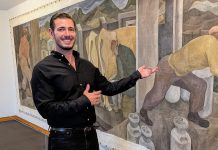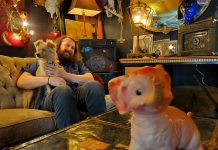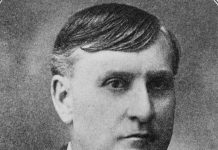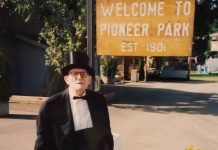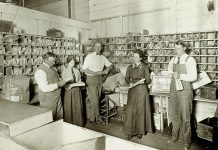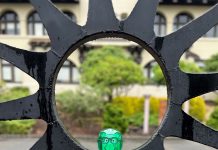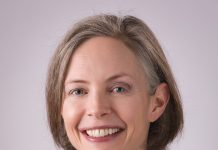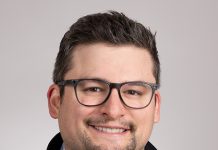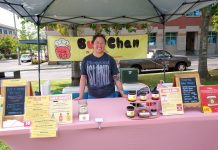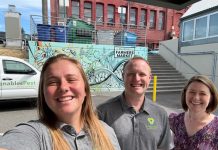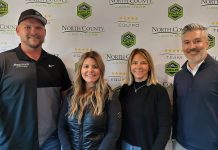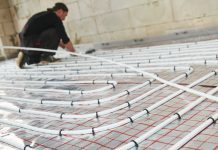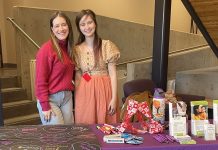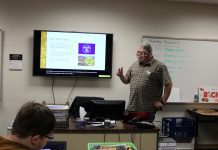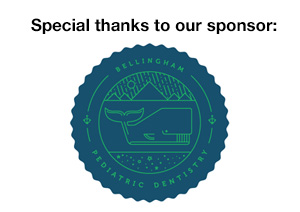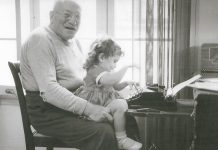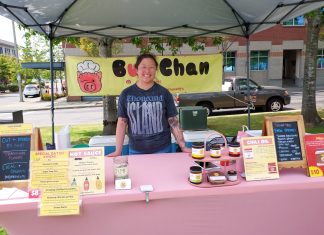With so much of our population busy making a living and raising families, the question often arises: What’s the best way to care for both the youngest and the oldest among us? Bellingham’s Generations Early Learning & Family Center has hit on a wonderful solution: bring them together, and allow them to teach each other.
Generations Executive Director Heidi Bugbee came to Bellingham to study child development at Western, and then met her husband and started a family along the way. She’s worked in early learning since 1988, and is happy to tell us how Generations originally came to be—and what it looks like now.
Bugbee says that Jim Hall, founder of the original St. Francis of Bellingham nursing home, came across his business model naturally. “His family had been in the nursing home business, so he’d been raised in that sort of environment. He gained a lot of real positives from that experience, and wanted to provide that for his kids,” she says. “St. Francis was called the first intergenerational program in the nation. I don’t know if it truly was, but it was in People Magazine, and on Good Morning America and 60 Minutes, so it was a really innovative idea in 1984.”
The St. Francis Foundation was born when Hall sold his business to a company that owns several nursing homes, which told him that the childcare would need to be separate from the retirement community. “Then, six years ago, a company out of Oregon took over, and wanted to use that space for rehabilitation, or a clinic. We tried to stay because that was our home, and those were our residents, and we had seen the magic that was created through the program there,” says Bugbee.
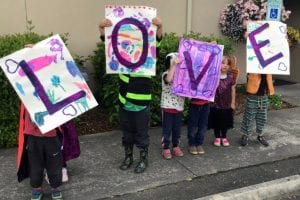
The move was unavoidable, but they knew they had something too good to give up, and set about securing a future for themselves. “We had 60 families enrolled at the time and we didn’t want to lose this program that was so special to everybody, so I went to work knocking on doors and talking at Rotaries and going to every assisted living and nursing home,” Bugbee says. “I came upon Andy and Jim Clay, who own some nursing homes and had a space in their basement at Mt. Baker Care Center and Summit Place Assisted Living. They said, ‘We’ve always wanted children in the building; you can use the space.’”
Things at this point in the story suddenly got a bit more stressful than anyone expected. “We had to be out of the building at St. Francis at 5 p.m. on a Friday; on the Tuesday before, we didn’t know whether we could move into our new space. We had it inspected on Wednesday, and they can take six weeks to approve you,” Bugbee says. “The Fire Marshal came on Thursday, we got our license approved on Friday, and we got to open the doors on Monday.”

They seem to be in an ideal location, in the lower level of the buildings that house Mt. Baker Care Center and Summit Place, which offer both assisted living and long-term care to older community members. “They have different kinds of residents who have different levels of participation,” Bugbee says. “It’s part of their recreation therapy, and for us it’s the heart and soul of our program.”
Their partnership provides fun and learning for the youngsters, as well as an improved quality of life for the people who live upstairs from them, whom they refer to as ‘grandfriends.’
“During a non-COVID time, the kids and the residents would get together twice a day, and then we would also have special events and parties on days like Cinco de Mayo, Easter, Halloween and Christmas,” says Bugbee. “COVID has really impacted us, but on St. Patrick’s Day the kids all dressed up and made signs and we did a little parade around the building. We went to each window and said, ‘We love you, and we miss our grandfriends.’”
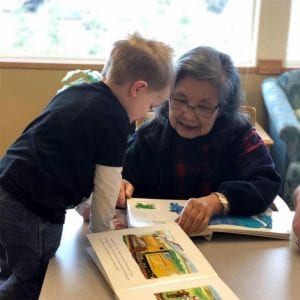
The two businesses develop specific programs that benefit both age groups. “With our babies, there might just be music playing, or balloons to play with. With older kids, we can do gardening and cooking and science experiments,” says Bugbee. “We try to find things that help our grandfriends feel like they’re contributing. I think a lot of the residents upstairs have been helpers in our communities, and they’re used to giving; having that purpose is really powerful for their health and wellbeing.”
“I have to say that’s the magic of bringing the two populations together. You might see a resident sleeping in their chair, because it’s quiet and there’s not a lot going on. Then the kids walk in and you see them physically perk up and get that smile and get those wide eyes,” Bugbee says. “And after the kids have been there, they’re all up and perky and talking—it’s just so powerful. It’s hard to measure, but it’s very, very real.”

